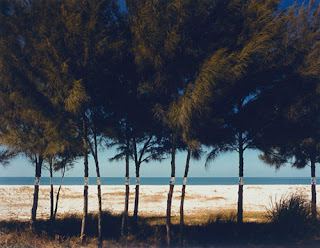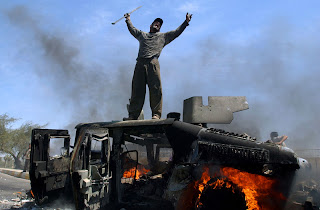Garry Winogrand, born in 1928 and died in 1984, earned his name as a an American photographer depicting the streets of America in the mid-twentieth century. After studying painting and photography through the City College of New York and Columbia University, he made his debut at the Museum of Modern Art in New York City in 1963 along with several other photographers included in the exhibition. Winogrand went on later to teach photography at two universities; The University of Texas at Austin and the Art Institute of Chicago.
Armed with a 35mm Leica camera, he travelled the streets of New York daily, capturing what are now some of the most well-known street photographs of their time. The photos are not just snapshots on the busy streets of NY though. Winogrand managed to capture the essence of the time, the troubles of the people and the beauty of the motion throughout our famous city. When he passed away of cancer at the young age of 56, Winogrand left behind over 300,000 unedited photographs and around 2,500 rolls of undeveloped rolls of film. (of FILM, not digital!)
The photographs do not just come off as they are titled, as street photographs, but rather as a wonderful and beautiful depiction of what exactly he was seeing, what exactly he was participating in. After looking at several pages of his work, I realized that you begin to almost fall right into place among the subjects in his pieces. One of my favorite techniques I've noticed he used several times throughout is the tilting of the camera oh so slightly or the offsetting of the subjects. There's no perfect center and in some of his images, like one above, some people's heads are not even included in the image (oh photographers, we learn the rules, just so that we can beautifully break them). The motion, the perfectly unaligned subjects and the ability to place yourself amongst his photographed crowds all create these beautiful black and white (and some color) compositions. And using that much film each day and being able to walk amongst the people without disturbing the events, I'll be the first to say the man knew exactly what he was doing.


























